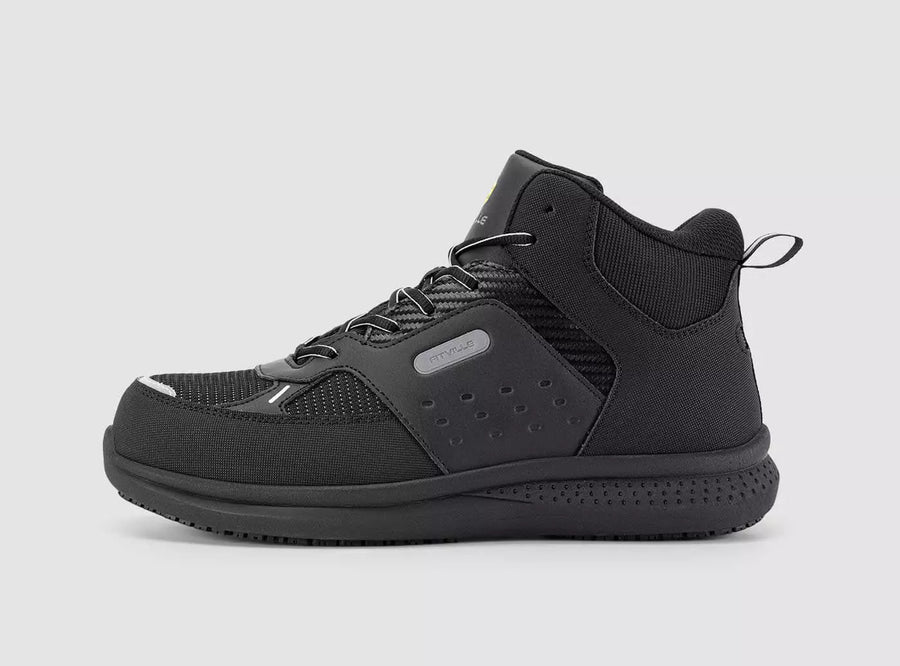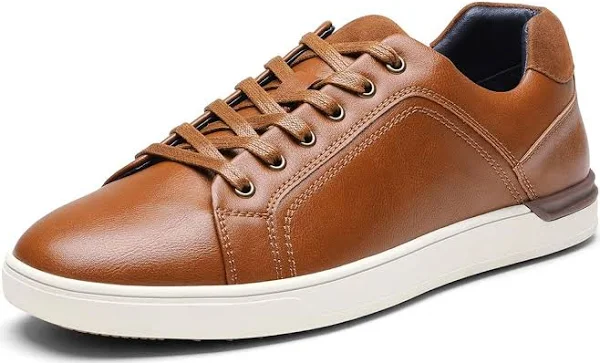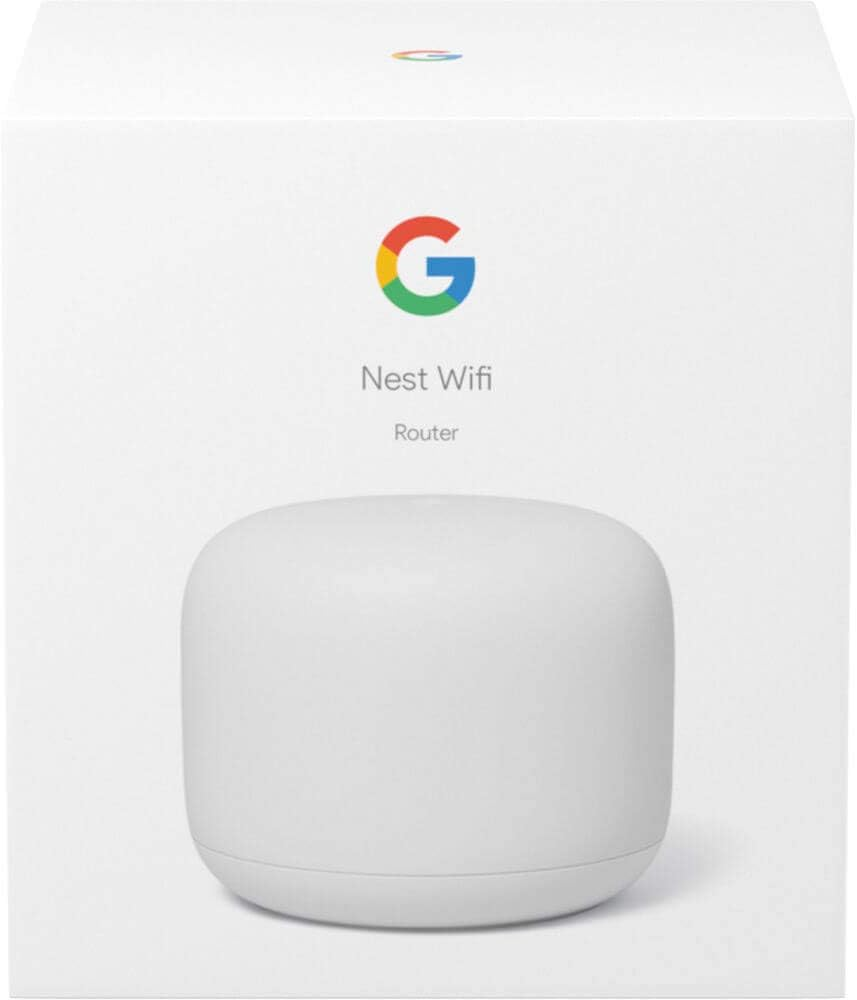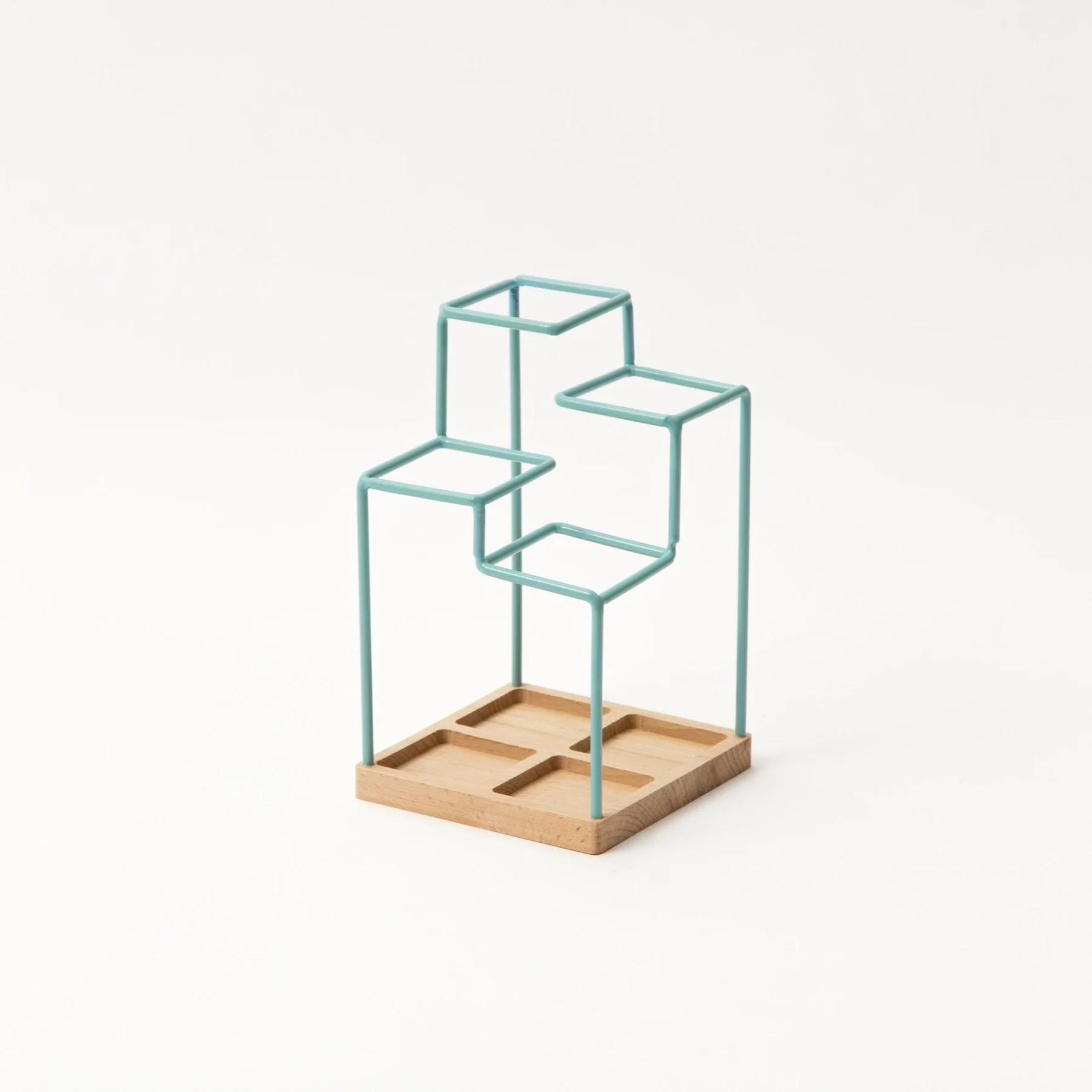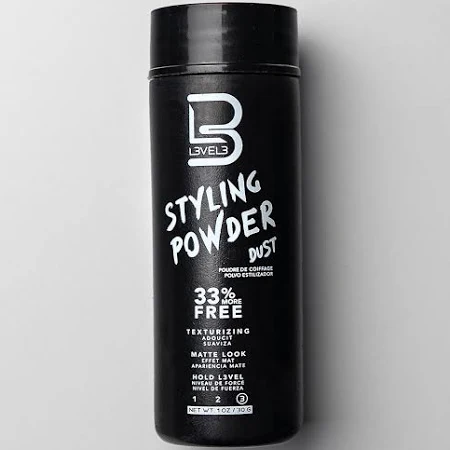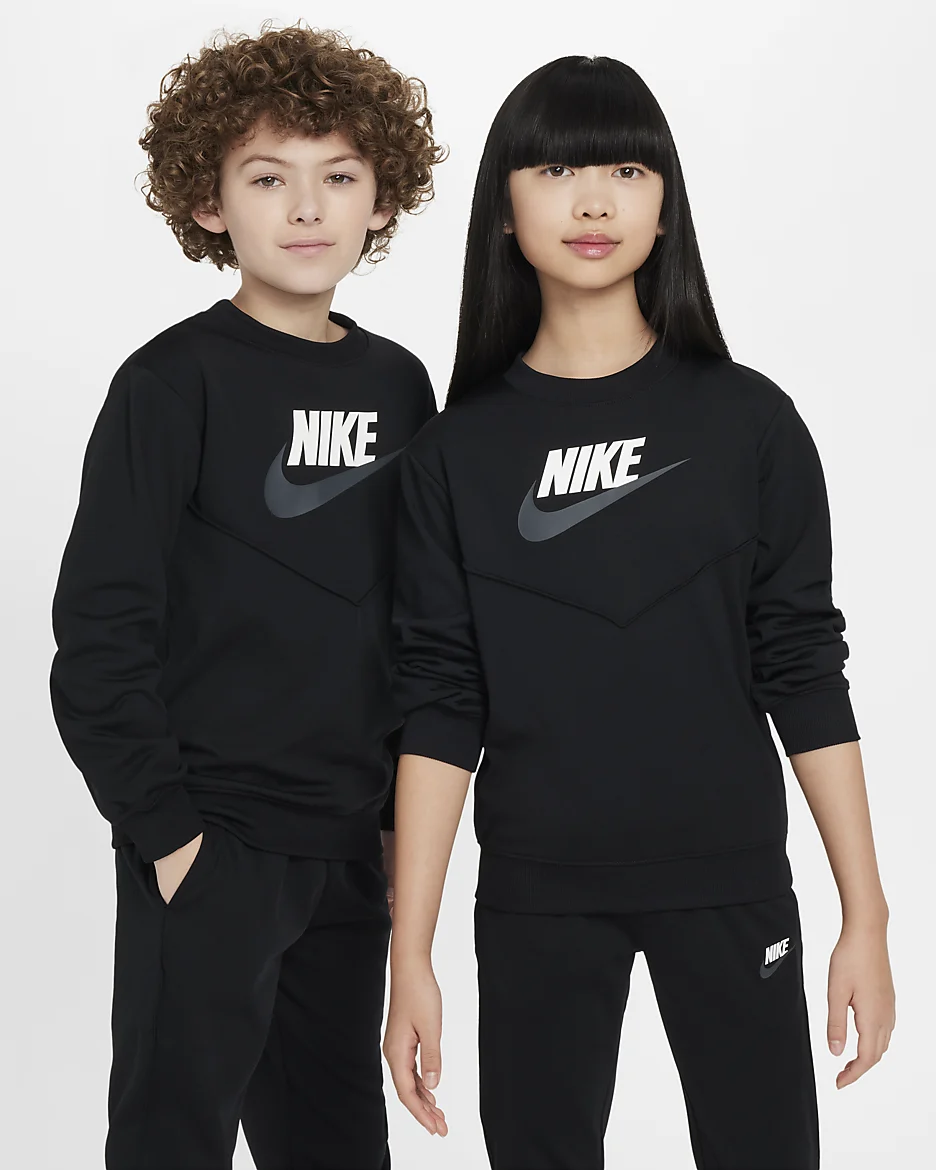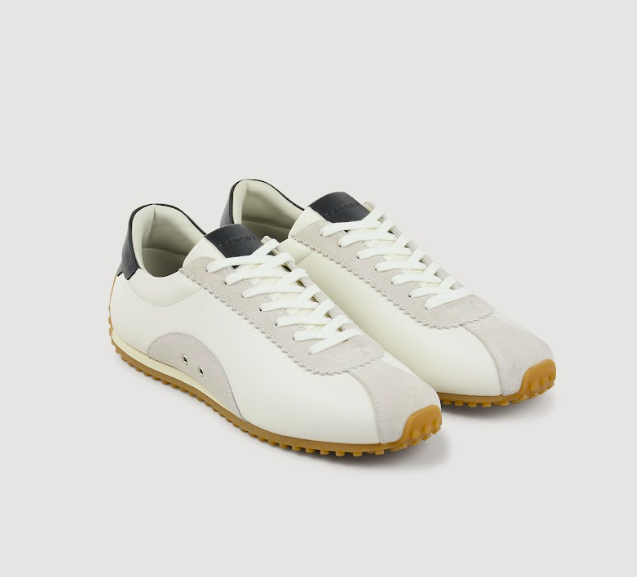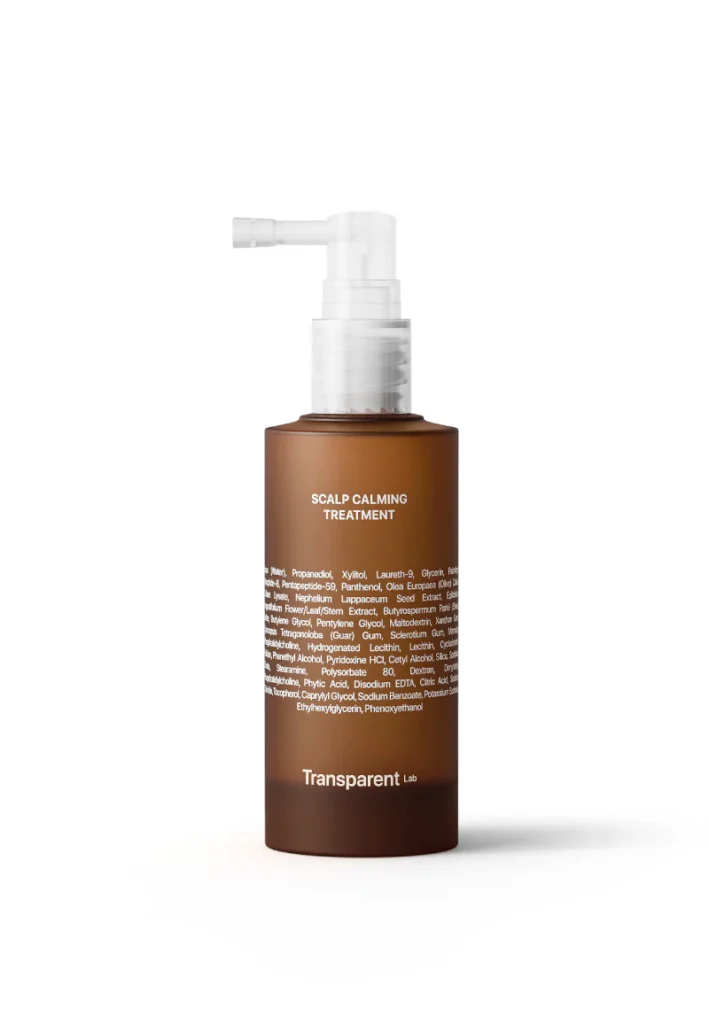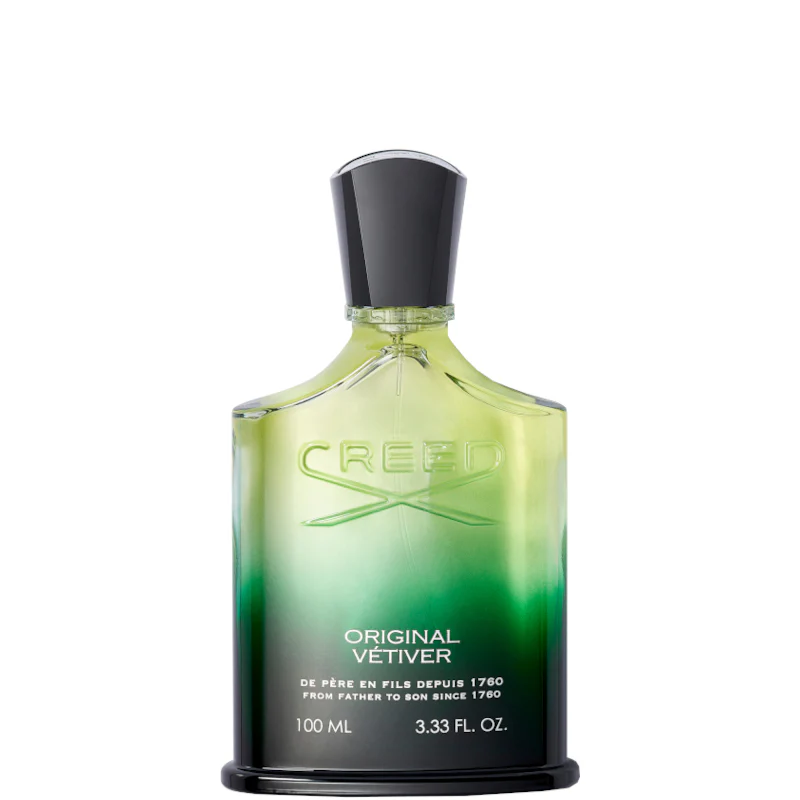Long shifts punish weak footwear. By 3 p.m., flimsy midsoles, narrow toe boxes, and slick outsoles turn every step into a chore. In this article, we’ll build a clear, repeatable system for choosing work shoes that keep you safe, stable, and comfortable across full shifts — using The FitVille Work Shoes for Men as our real-world example of wide-fit comfort, dependable grip, and all-day shock absorption.
Shop The FitVille Work Shoes for Men
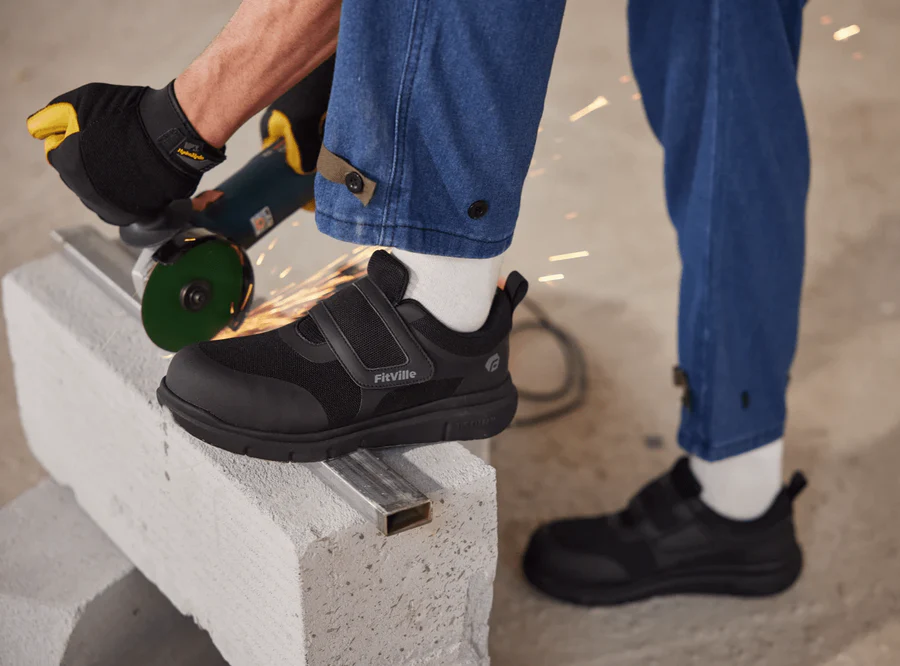
Why Work Shoes Fail (and How to Avoid the Pain)
Most “work-ready” pairs fall down in three places: fit, foam, and floor contact.
- Fit: Narrow toe boxes squeeze forefeet and aggravate bunions. After a few hours, toes swell and nerve endings protest.
- Foam: Cheap cushioning feels okay in the morning and dead by lunch. Once a midsole bottoms out, joints absorb shock instead.
- Floor contact: Smooth, shallow tread patterns slip on wet tile, dusted concrete, or oily service floors.
The FitVille Work Shoes for Men approach these pain points directly: wider toe-room across multiple models, layered cushioning that resists packing out, and slip-ready outsoles that keep traction steady on mixed surfaces.
Fit First: Wide Toe Box + Secure Midfoot
Comfort starts with space for your toes to splay naturally while keeping the midfoot locked and supported. The FitVille Work Shoes for Men lean on a roomier forefoot to reduce pressure on the metatarsals and a more structured midfoot so you don’t slide around on turns. The result is a stable base for long shifts — especially helpful if you deal with bunions, Morton’s neuroma, or swelling through the afternoon.
Cushioning That Goes the Distance
Not all foams are equal. For work environments, you want resilient cushioning — material that compresses under load and rebounds throughout the day. Think of each step as a mini shock your joints must absorb. When midsoles go flat, your knees and lower back pay the difference. Models in The FitVille Work Shoes for Men range typically layer a supportive base foam with a softer top layer and a structured insole. That stack-up distributes impact more evenly and keeps the underfoot feel consistent from hour two to hour ten.
Grip You Can Trust (Even When Floors Aren’t Perfect)
Service, healthcare, retail, and warehouse floors each have their own hazards: spilled coffee, sanitizer film, fine dust, oil, and rain tracked in from outside. Grip isn’t just rubber hardness; it’s the tread pattern, channeling, and contact area. The FitVille Work Shoes for Men incorporate slip-ready outsoles with channels that shed liquid and a tread that maintains friction on tile, sealed concrete, and vinyl. The payoff is confidence in fast turns and steady braking on sudden stops — fewer micro-slips, less wasted energy.
Shop The FitVille Work Shoes for Men
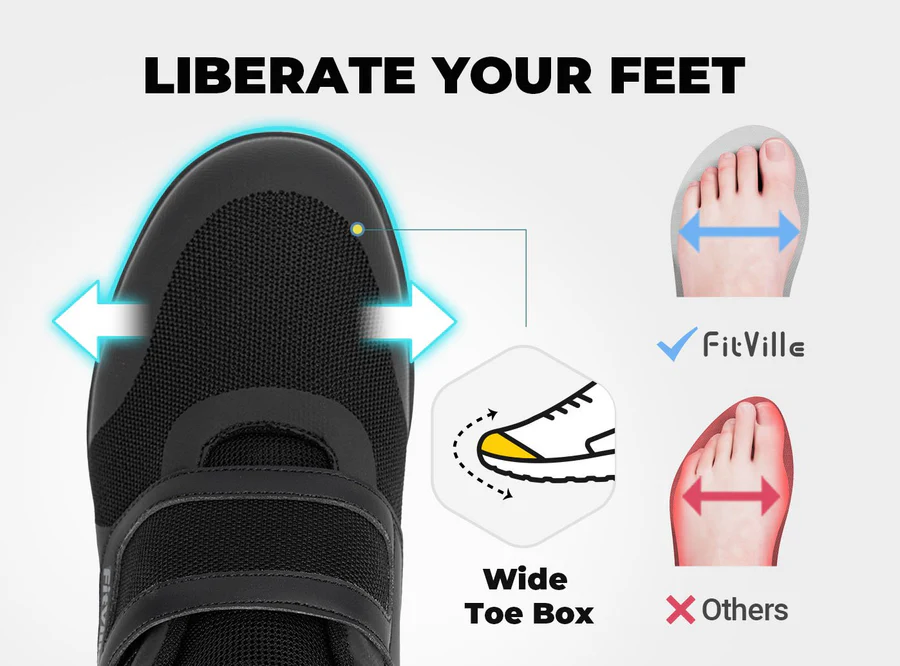
Weight, Breathability, and Heat Build-Up
Heavy shoes sap energy, especially on back-of-house runs or long hospital corridors. At the same time, ultra-breathable uppers can be a liability if spills are frequent. The sweet spot is a lightweight, breathable-yet-dense upper that lets heat escape without acting like a sponge. Mesh with protective overlays and a padded collar keeps hotspots at bay while resisting stains. Several styles in The FitVille Work Shoes for Men blend those ideas: airy enough for long shifts, substantial enough for real work.
Insole Strategy: Your First Line Against Fatigue
The insole isn’t an afterthought; it’s your interface with the shoe. A good one offers arch contour, heel cupping, and forefoot cushioning that doesn’t bulge. For stubborn foot pain (plantar fasciitis, flat feet, high arches), consider rotating insoles monthly and replacing them every 3–4 months of heavy use. Many pairs from The FitVille Work Shoes for Men accept third-party orthotics if you need custom support — but start with the stock insole and fine-tune only if pain persists.
Stability Without Stiffness
Standing is one load, walking is another, and pivoting is a third. You need torsional control through the midsole without turning the shoe into a plank. The most comfortable work shoes bend at the forefoot (where your toes flex), remain steady through the midfoot (so you don’t twist on lateral moves), and hold the heel snug (to prevent slop on stairs). The geometry and foam density choices in The FitVille Work Shoes for Men aim for that balance: supportive, but not dead.
Shop The FitVille Work Shoes for Men
Your 5-Minute Fit Check (Do This Before You Commit)
- Splay space: Stand at the end of your shift (feet swell) and confirm a thumb’s width in front of your longest toe.
- Width reality: Walk a fast figure-8; if your little toe rubs immediately, you need the wider last.
- Heel lock: Lace snug and do a few stairs; heel should not pump. If it does, use runner’s loop lacing for extra lock.
- Flex test: Shoe should bend at the forefoot, not at the arch.
- Insole audit: Remove insole; if your arch lands off the contour, try the alternate insole or a supportive aftermarket option.
Lacing That Saves Ankles (and Time)
- Runner’s loop (heel lock): Thread laces through the top eyelet back toward the shoe to create small loops; cross the ends through those loops and pull down. This anchors the heel and reduces slide on quick stops.
- Window lacing: Skip an eyelet over a pressure point to relieve top-of-foot irritation without loosening the whole shoe.
- Task-mode toggle: Keep the lower laces mildly snug for forefoot comfort and the top two eyelets tighter for stability when lifting, pushing, or climbing.
Shift-Ready Sock System
Shoes can’t fix a sweaty, blister-prone sock. Choose technical socks that wick and cushion: a nylon/merino/elastane blend or performance polyester with targeted padding. Change socks mid-shift if your day runs hot; stash a spare pair with your water bottle. Your insoles and uppers will last longer, and your feet will feel fresher.
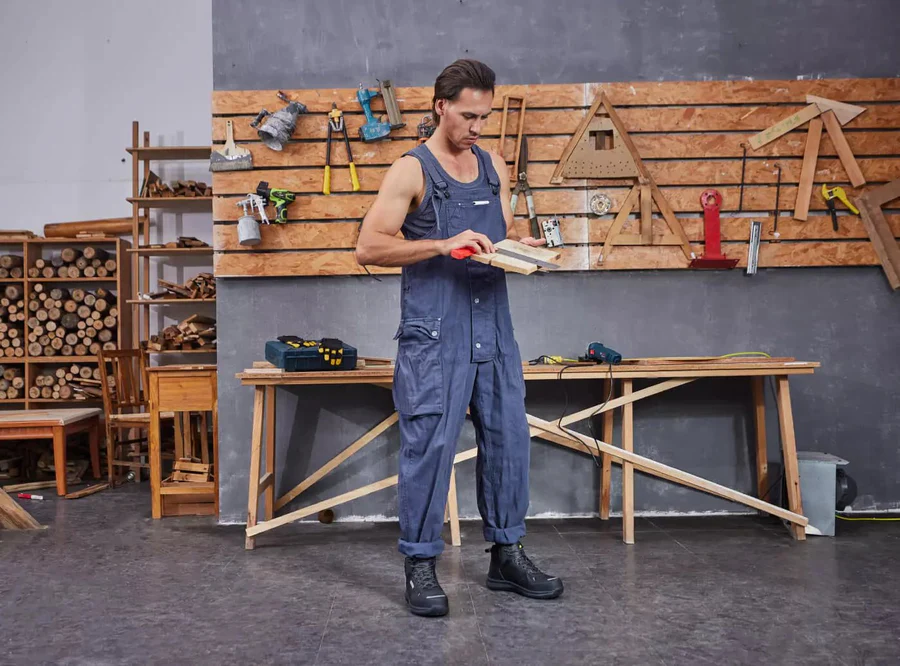
Cleaning & Care: Make Comfort Last
- Daily: Brush off dust and wipe spills when you clock out; open laces fully to air the tongue and collar.
- Weekly: Remove insoles overnight; sprinkle a pinch of baking soda inside (or use a deodorizing spray) and shake out in the morning.
- Monthly: Inspect tread for bald spots; if the heel or forefoot is smooth, rotate to a secondary pair or replace.
- Wet days: Stuff shoes loosely with paper towels to pull moisture; avoid radiators (they can harden glues and warp foam).
Shop The FitVille Work Shoes for Men
Matching Shoe Features to Job Demands
- Service & hospitality: Prioritize slip-resistant tread and easy-clean uppers. A darker color hides spills; a toe bumper helps with frequent bumps.
- Healthcare: Cushioning + grip + stain resistance. Look for breathable uppers with protective overlays; all-day comfort matters more than flashy tech.
- Retail & front-of-house: Balance looks and function — low-profile silhouettes with real midsole support keep you polished and pain-free.
- Warehouse & light industrial: Opt for stable midsoles, reinforced toes (where policy allows), and firm heel counters for ladder work.
Pain Points and Fixes
- Plantar fasciitis flare-ups: Add a supportive insole with pronounced heel cup; stretch calves twice daily (wall stretches, 30–45 seconds each).
- Ball-of-foot burn: Use metatarsal pads or an insole with forefoot cushioning; verify your shoe’s forefoot flex point isn’t too far back.
- Achilles rub: Try heel lock lacing and ensure adequate heel drop (too minimal can stress the tendon on long days).
- Lower-back fatigue: That’s often a midsole issue. If your pair is >4–6 months of heavy use, the foam may be done — rotate in a fresh pair.
Rotations, Replacements, and Budget
A second pair isn’t indulgent; it’s mileage insurance. Foam rebounds better with a day’s rest, so alternating shoes extends life and keeps comfort consistent. If you’re on concrete all day, plan on 2–3 pairs per year depending on body weight, gait, and environment. Rotating keeps traction sharp and midsoles lively.
Style That Works With Your Uniform
Function first, but looks matter. The FitVille Work Shoes for Men range includes streamlined profiles that read professional with chinos or scrubs while still packing the tech you need. Neutral colors keep uniforms cohesive; subtle overlays and clean silhouettes avoid the bulky “orthopedic” look.
Quick Win Routines (That Protect Your Feet All Week)
- Hydration habit: Muscles and connective tissue behave better when you’re hydrated; keep a water bottle and swap socks at lunch.
- Micro-breaks: 30 seconds per hour to calf-raise, ankle-roll, and toe-splay resets the chain from foot to hip.
- Surface check: If you control your station, sweep dust and watch for oils — even the best outsole needs a fighting chance.
Conclusion
Great work shoes don’t just survive your shift — they carry you through it with fewer aches and more stability. Start with fit (forefoot room + heel lock), add resilient cushioning that won’t die by lunchtime, and finish with a tread that grips the floors you actually work on. The FitVille Work Shoes for Men hit that formula with wide-fit comfort, dependable shock absorption, and slip-savvy outsoles built for real-world shifts. Dial your fit, set your lacing, rotate pairs, and give your shoes a 60-second care routine — your feet, knees, and back will feel the difference by Friday.
Shop The FitVille Work Shoes for Men
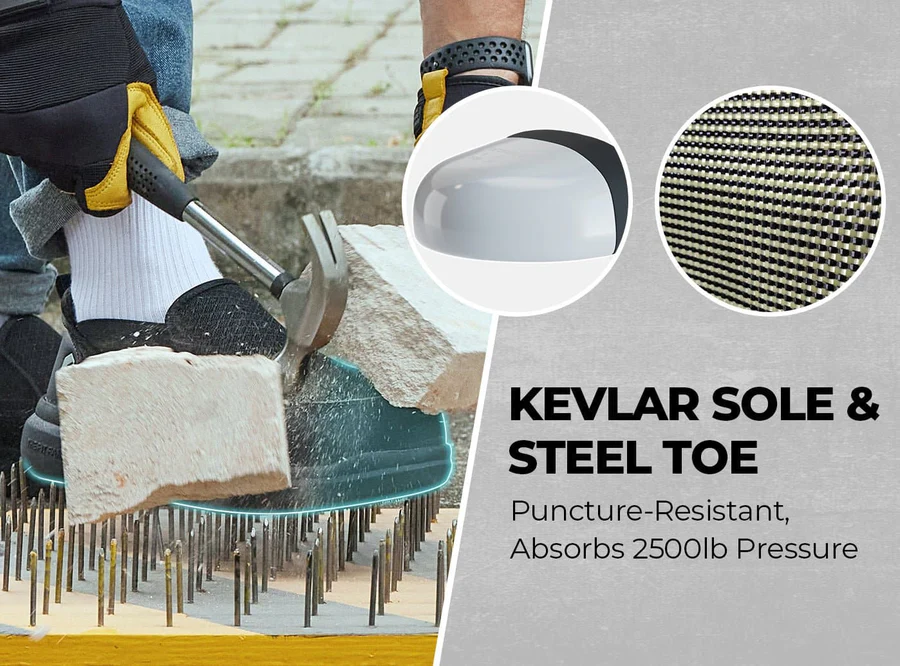
FAQ
- Are these good for standing all day on concrete?
Yes. The layered cushioning and wider toe box in The FitVille Work Shoes for Men help distribute pressure and reduce hot spots on hard floors. - Will they work with custom orthotics?
Most styles accept removable insoles, so you can swap in prescription orthotics or specialized aftermarket options if needed. - How do I pick between regular and wide?
If your pinky toe rubs or you feel pressure across the forefoot early in the day, choose the wide last. Your toes should splay without pinching. - How often should I replace them?
For heavy use, expect 4–6 months per pair before midsoles and tread decline. Rotating two pairs extends lifespan and keeps comfort consistent. - Are they slip-resistant on wet tile and oily floors?
Models in The FitVille Work Shoes for Men focus on slip-ready outsoles with channeling for wet surfaces. Always clean spills quickly and check tread wear. - What socks should I wear with them?
Use moisture-wicking, lightly cushioned technical socks. Swap at mid-shift in hot environments for fresher feet and longer-lasting insoles. - Do they feel heavy?
No — they aim for light-to-moderate weight with breathable, durable uppers. You get the stability of a work shoe without the brick-foot feel.


